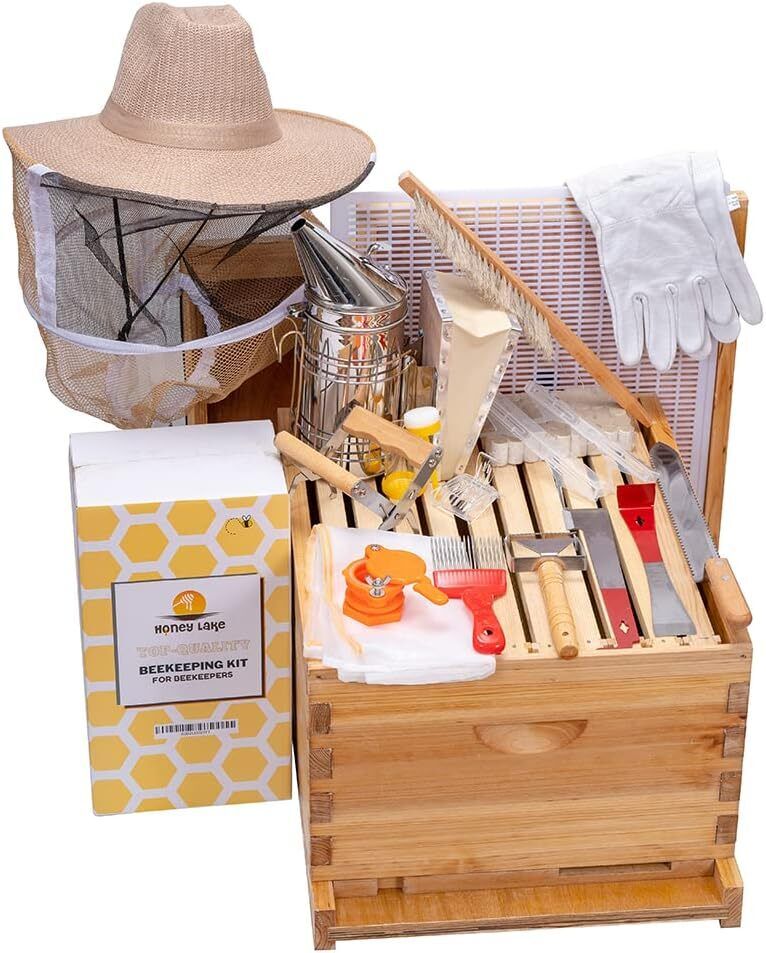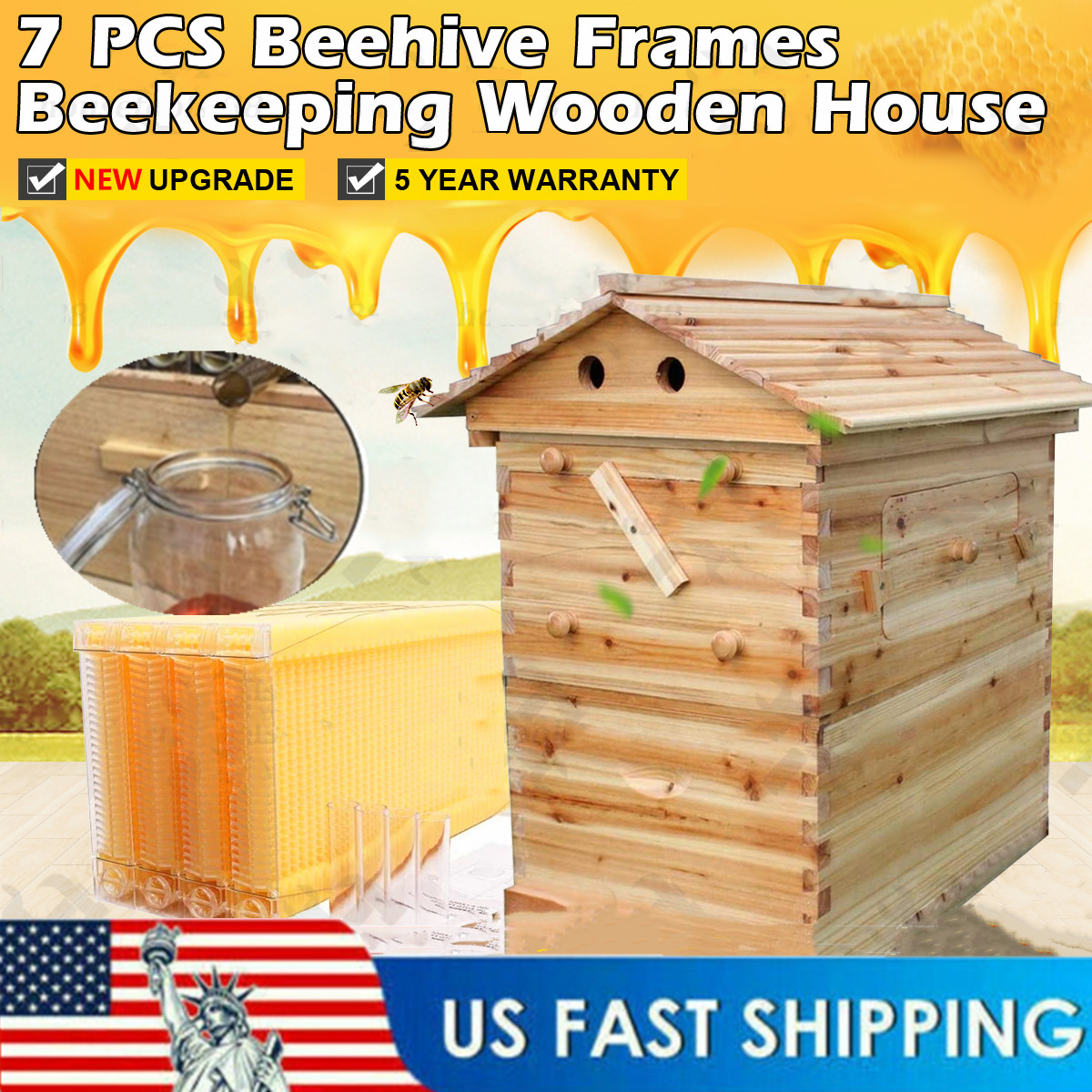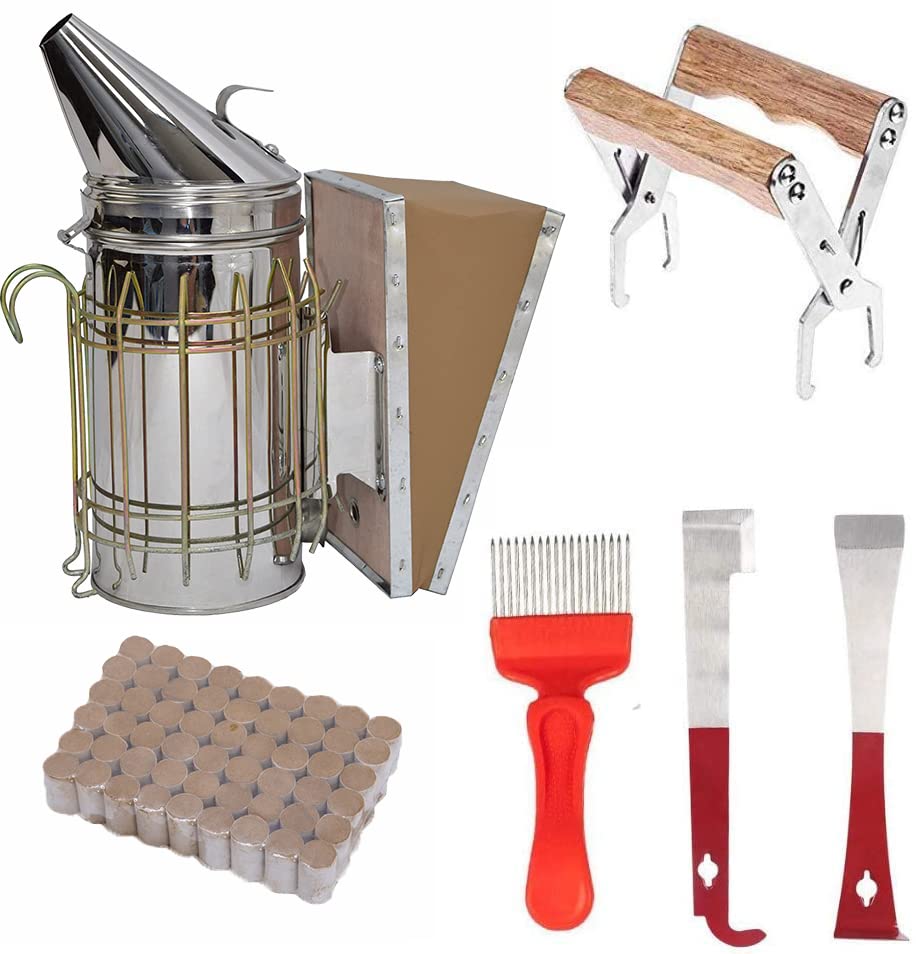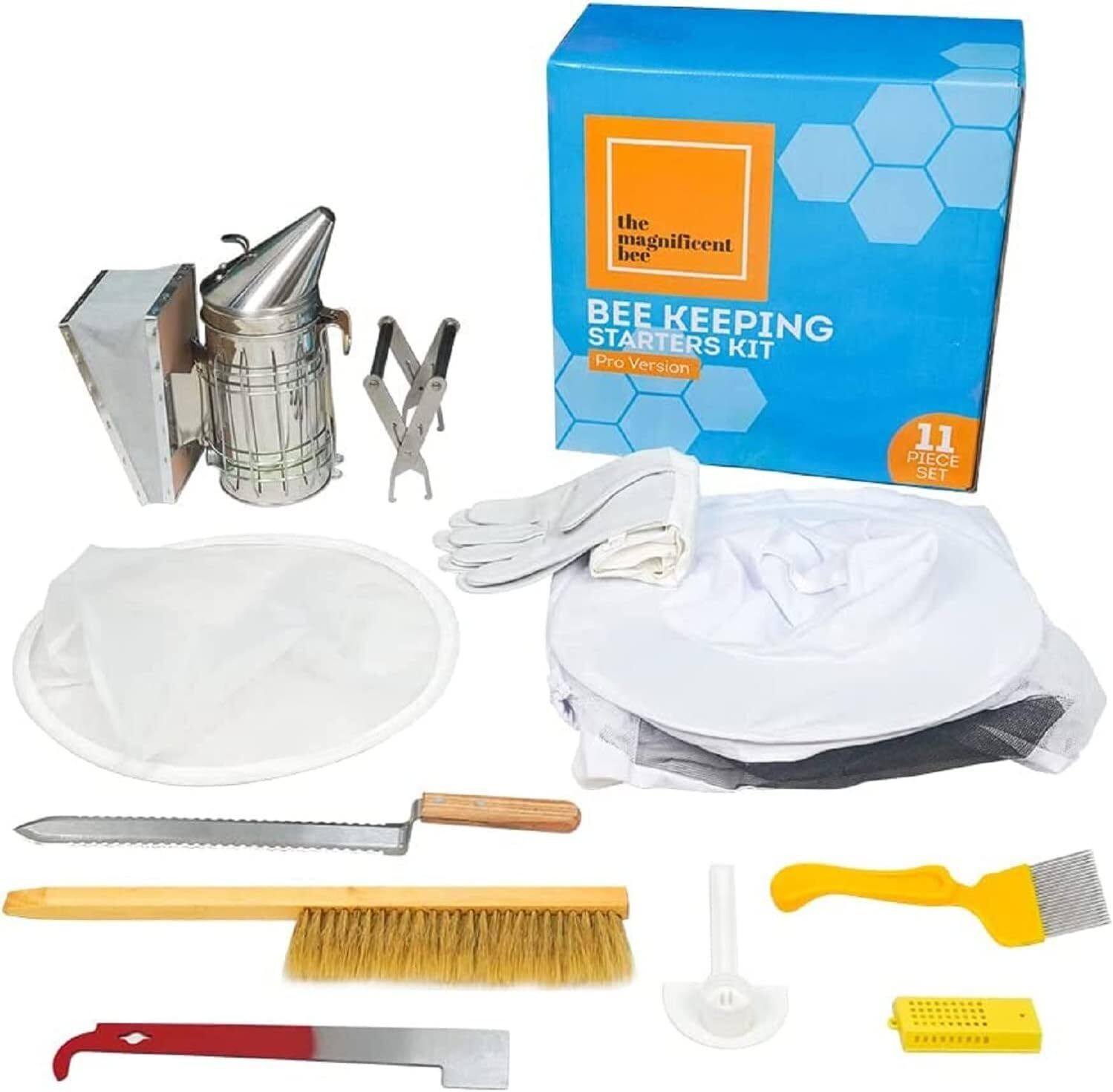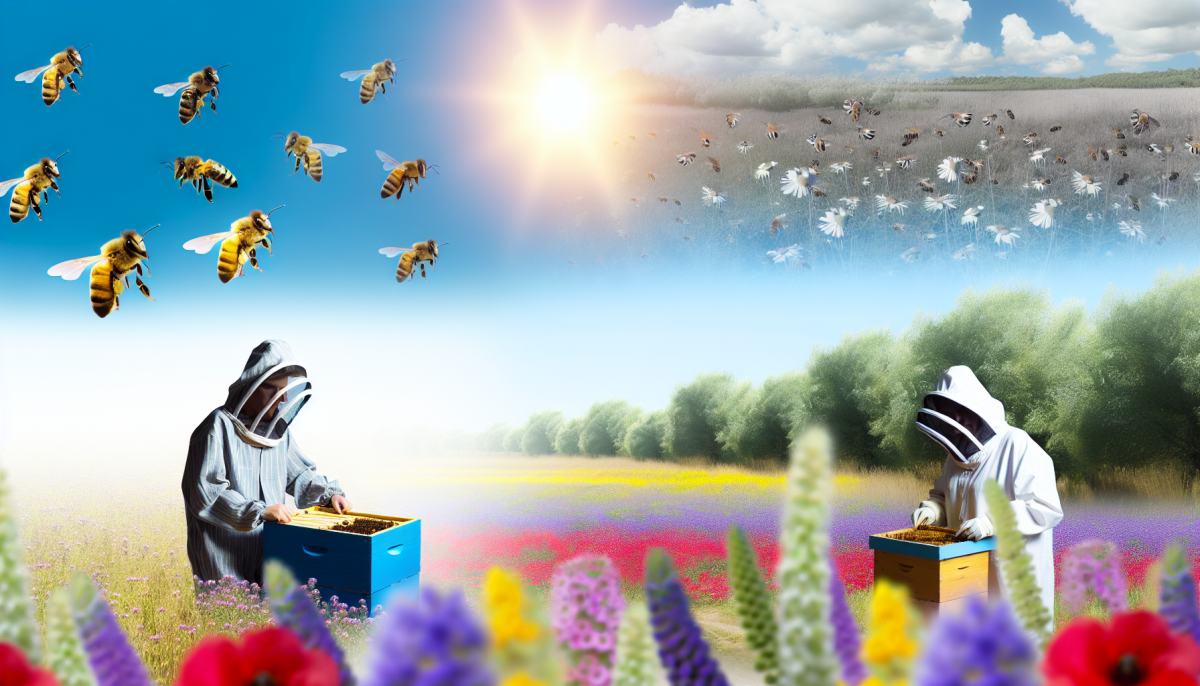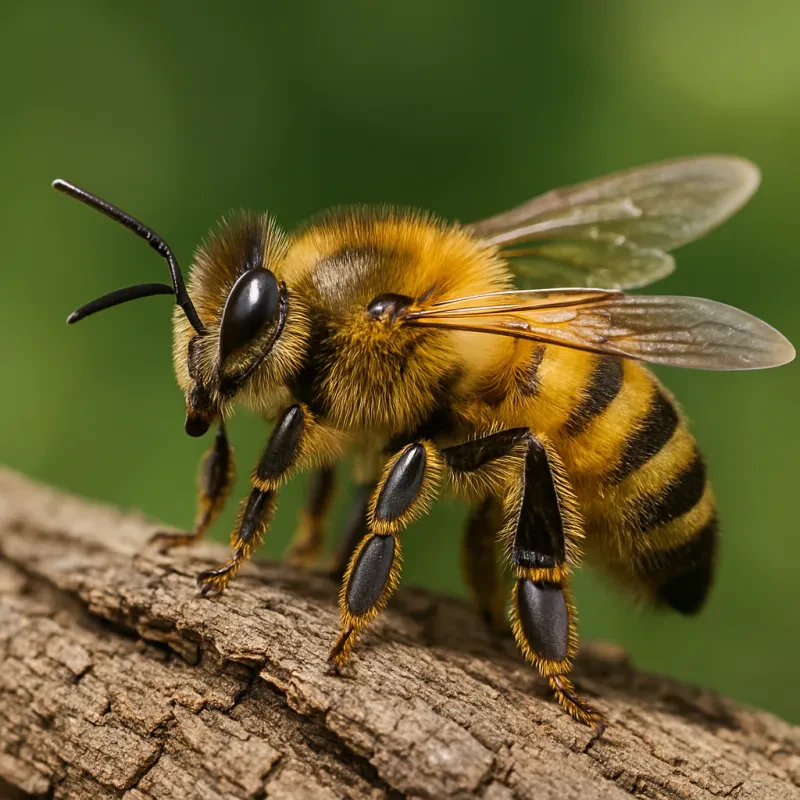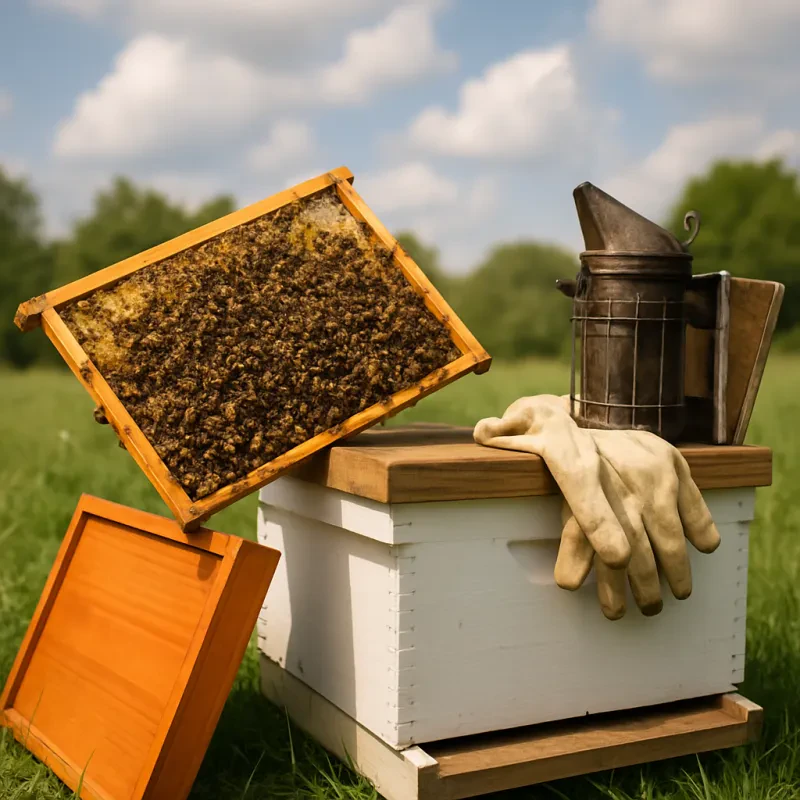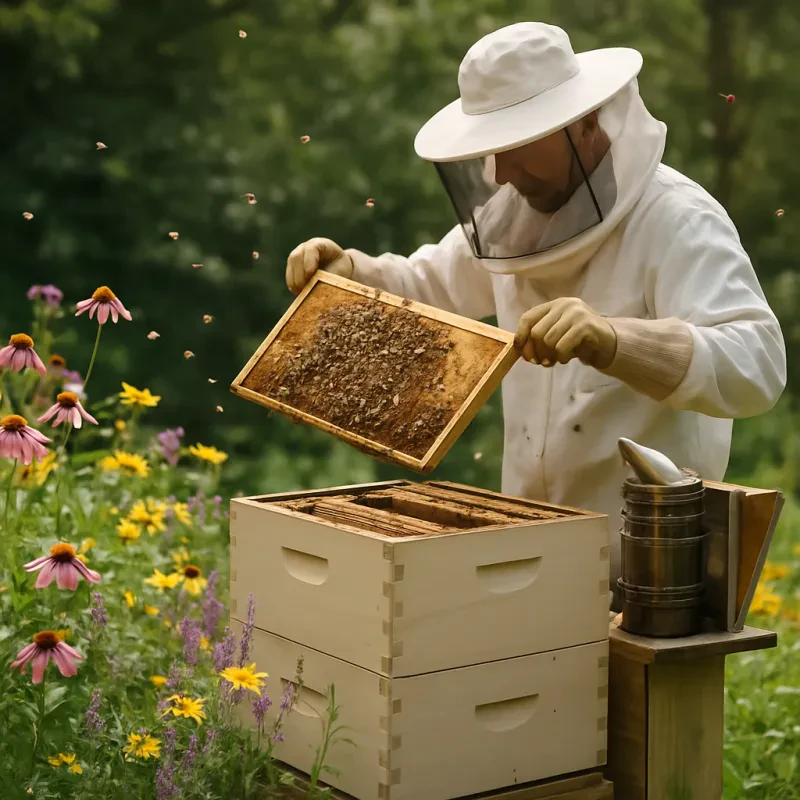Bee Farming 101: A Step-by-Step Guide to Starting Your Apiary
Bee farming, or apiculture, is both an essential ecological activity and a rewarding hobby. Bees play a crucial role in pollinating plants, which is vital for the production of fruits, vegetables, and nuts. Additionally, bee farming can provide you with honey, beeswax, and other bee products. This detailed guide will walk you through the steps of starting your own bee farm, ensuring a successful and sustainable venture into the world of apiculture.
Understanding the Basics of Bee Farming
Before diving into bee farming, it's crucial to understand the basics. Bees are social insects that live in colonies, and their wellbeing is dependent on the collective effort of the entire hive. The hive is made up of the queen bee, worker bees, and drones. Each has a unique role, with the queen laying eggs, the workers gathering pollen and nectar, and the drones fertilizing new queens. Understanding these dynamics is fundamental to successful bee farming.
Step 1: Learning About Bees and Beekeeping
Research and Education
Start by educating yourself on bee behavior, hive management, and the seasonal cycle of beekeeping. Resources include beekeeping books, online courses, and local beekeeping associations. Knowledge is power, and the more you know about bees, the more successful you'll be.
Legal Requirements
Check your local regulations regarding beekeeping. Some areas require permits or have specific rules about hive placement.
Step 2: Acquiring Beekeeping Equipment
Hive Setup
There are various types of hives, including Langstroth, Top-Bar, and Warre hives. Each has its advantages and disadvantages, so choose one that suits your goals and environment.
Step 3: Purchasing Bees
Selecting Your Bees
You can purchase bees as a package, which includes a queen and worker bees, or a nucleus colony, which is a small, established colony. Local beekeepers or apiaries are good sources for bees, as they'll likely be adapted to your area's climate and conditions.
Step 4: Hive Installation
Choosing a Location
Select a location that is protected from extreme weather, has ample sunlight, and is away from public pathways. Ensure there's a water source nearby, as bees need water just like any other living creature.
Installing Your Bees
Install your bees into the hive in the late afternoon or early evening, when they are less active. Follow the specific instructions that come with your bees, as the process can vary depending on whether you're installing a package or a nucleus colony.
Step 5: Hive Management
Regular Inspections
Inspect your hives every two to three weeks during active months to check for signs of disease, pests, and to ensure the queen is laying eggs. Be mindful of the bees' needs, and provide additional space as the colony grows.
Feeding Your Bees
In times of scarce nectar, such as early spring or late fall, you may need to feed your bees sugar syrup or a pollen substitute to ensure their survival.
Step 6: Harvesting Honey
Timing
Honey can be harvested once the bees have capped the cells, indicating the honey is ready. This typically occurs in late summer or early fall.
The Harvesting Process
Using a bee brush, gently remove the bees from the frames you're planning to harvest. Then, use an extractor to remove the honey from the comb. Ensure you leave enough honey in the hive to sustain the colony through the winter.
Bee farming is a fascinating and fulfilling endeavor that not only rewards you with honey but also contributes to the health of the environment. By following these steps, you're on your way to establishing a thriving apiary. Remember, the key to successful bee farming is continuous learning and adaptation. Stay connected with the beekeeping community, and don't hesitate to seek advice from experienced beekeepers.
Bee farming, or apiculture, is both a rewarding hobby and a lucrative business, providing essential services like pollination and honey production. Whether you're a novice beekeeper stepping into the world of bees or an experienced apiarist looking to refine your toolkit, having the right equipment and supplies is crucial for success. This comprehensive guide outlines everything you need to embark on or continue your bee farming journey, ensuring your apiary thrives.
Equipment and Gear needed for Bee Farming
Understanding Bee Farming
Bee farming goes beyond merely keeping bees; it involves managing bee colonies in hives, ensuring they are healthy, productive, and able to pollinate crops and natural vegetation effectively. This section delves into the basics of bee farming, setting the stage for the detailed exploration of necessary equipment and supplies that follow.
Essential Bee Farming Equipment
Protective Gear
- Bee Suit: A full-body bee suit with a veil is indispensable for protecting against bee stings. Opt for suits made of breathable material to ensure comfort during long periods of use.
- Gloves: Gloves protect your hands from stings while handling the hive or bees. Leather gloves offer durability and sting protection, while thinner materials provide better dexterity.
- Beekeeping Hat and Veil: For those who prefer not to wear a full suit, a hat and veil are essential to protect your face and neck.
Hive Components
- Beehives: The Langstroth hive is the most common type, consisting of stacked boxes with frames for the bees to build their combs. Alternative hive types include the Top-Bar and Warre hives, each with unique management practices.
- Frames and Foundation: Frames hold the foundation that encourages bees to build their comb in an orderly fashion, making hive management and honey extraction easier.
- Hive Stand: A hive stand keeps the hive off the ground, reducing moisture problems and deterring pests.
- Hive Tool: This versatile metal tool is used for prying apart hive boxes and frames, scraping wax, and other tasks around the hive.
Maintenance and Harvesting Tools
- Smoker: A smoker calms the bees by masking alarm pheromones, making hive inspections and management tasks safer and less stressful for both beekeeper and bees.
- Uncapping Tools: Before extracting honey, the caps of the honeycomb cells must be removed. Tools for this task range from simple knives to specialized uncapping forks and machines.
- Honey Extractor: This device spins the frames, using centrifugal force to pull honey out of the comb. Extractors vary in size from small, hand-cranked models to large, motorized units for commercial operations.
- Filtering Equipment: Filters remove wax particles and other debris from the honey, ensuring a clean product for bottling.
Supplementary Supplies
Feeding and Nutrition
- Feeders: In times of scarce nectar, feeders supply supplemental nutrition to your bees, typically in the form of sugar syrup or pollen patties.
- Vitamins and Supplements: These products can help support bee health, particularly during recovery from diseases or to enhance overall colony vigor.
Pest and Disease Management
- Varroa Mite Treatments: Varroa mites are a significant threat to bee health. Effective management often requires chemical treatments, mechanical traps, or biological controls.
- Ant and Beetle Traps: To protect your hives from ants, beetles, and other pests, consider using traps and deterrents placed around or within the hives.
Equipping yourself with the right tools and supplies is the first step toward successful bee farming. By investing in quality protective gear, hive components, maintenance tools, and supplementary supplies, you can ensure the health and productivity of your bee colonies. Remember, bee farming is a continuous learning process. Stay informed about best practices and innovations in beekeeping equipment and techniques to keep your apiary thriving.
